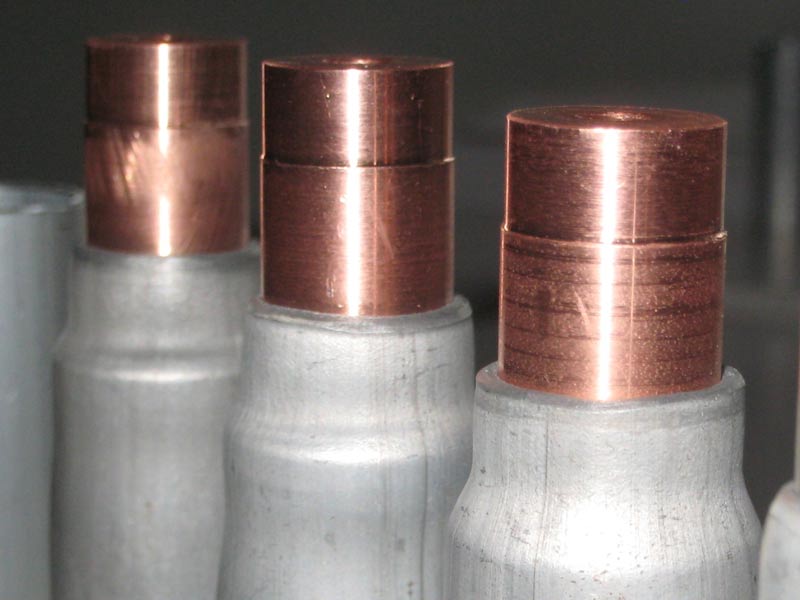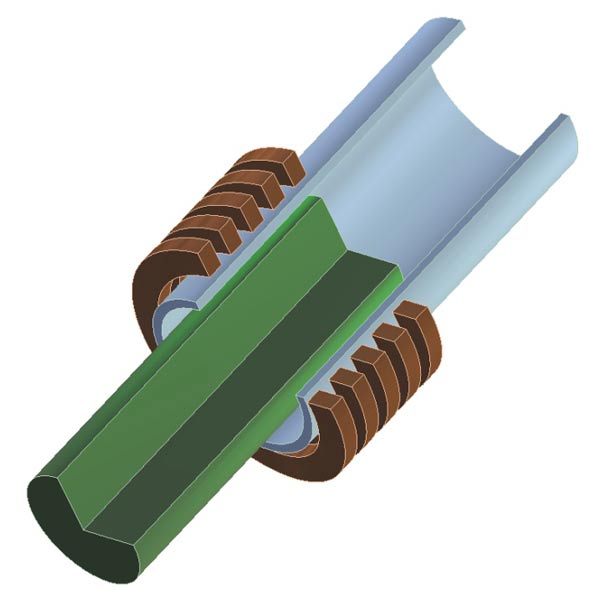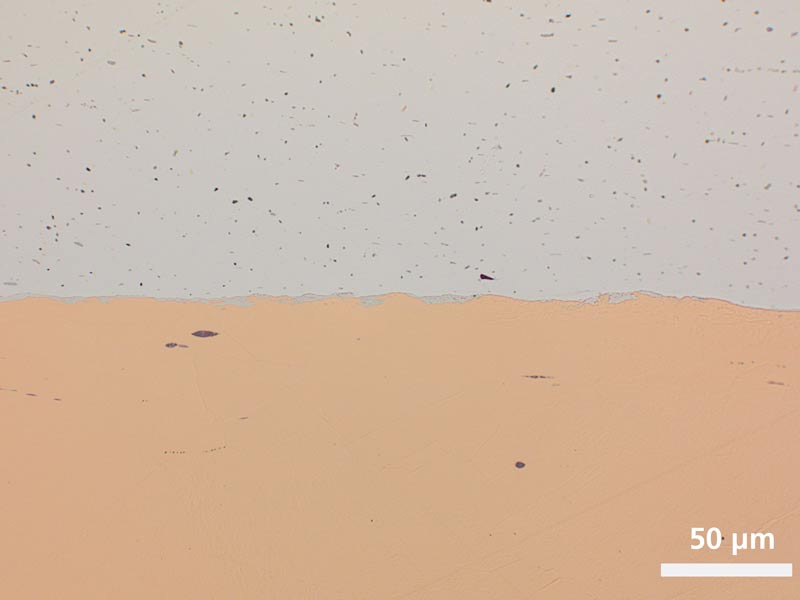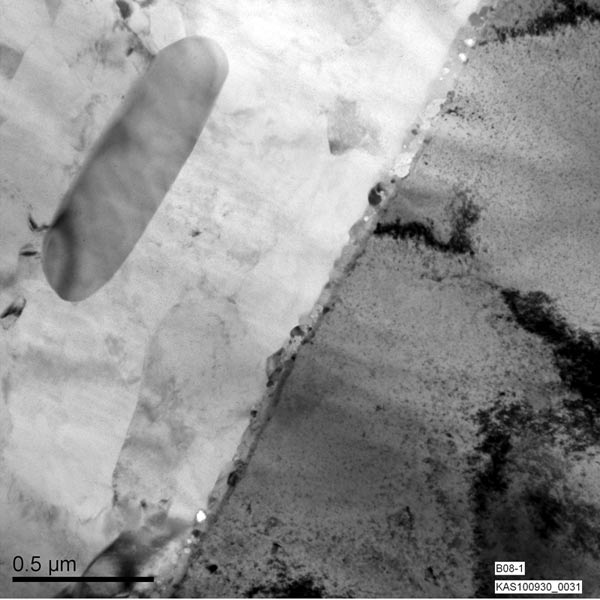Task
Melt based welding processes are indispensable to the modern manufacturing environment. In particular modern joining processes such as laser beam welding are the tools of choice when components have to be quickly welded with high joint quality. However, melt based processes face enormous difficulties when the welding partners are made from metals with substantially different properties, i.e. copper and aluminum. Unavoidable intermetallic phases form in the weld seams and may substantially limit their strength.
Thus the objective is to develop alternative industrial joining processes that form high strength mixed material joints without requiring a melted phase. A particular application requires mixed material joints involving cylindrical aluminum and copper parts.
 Fraunhofer Institute for Material and Beam Technology IWS
Fraunhofer Institute for Material and Beam Technology IWS


